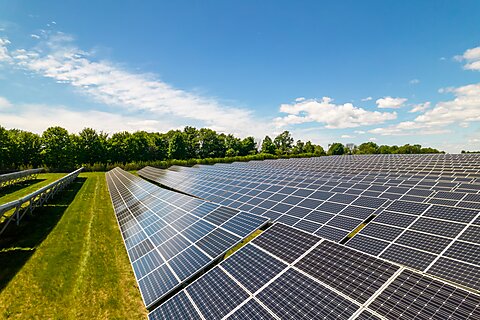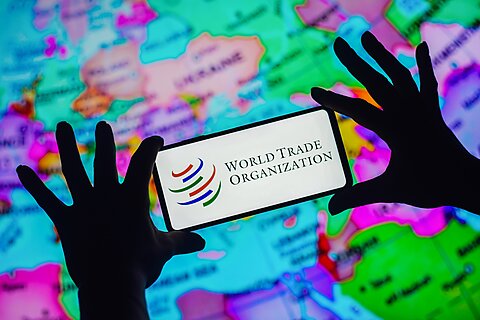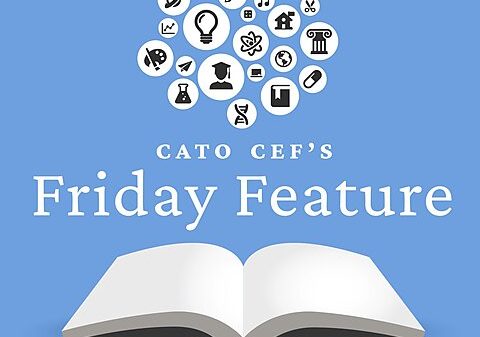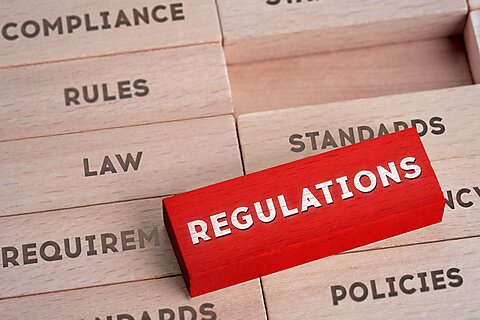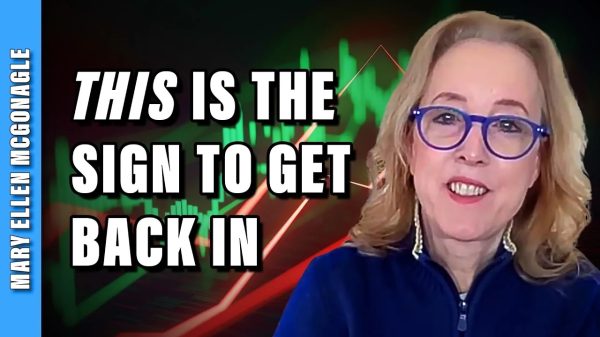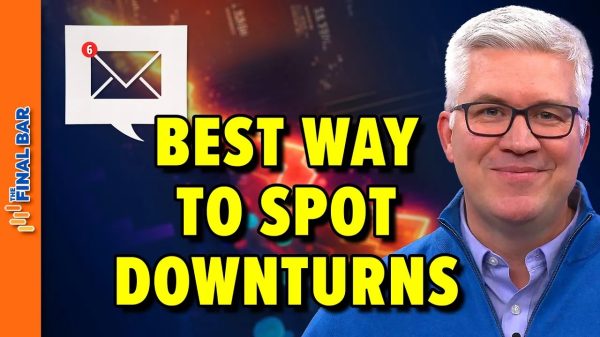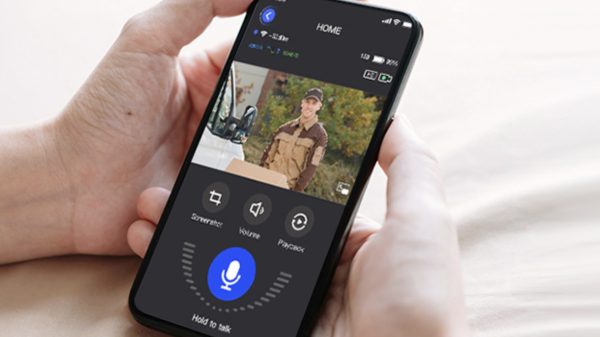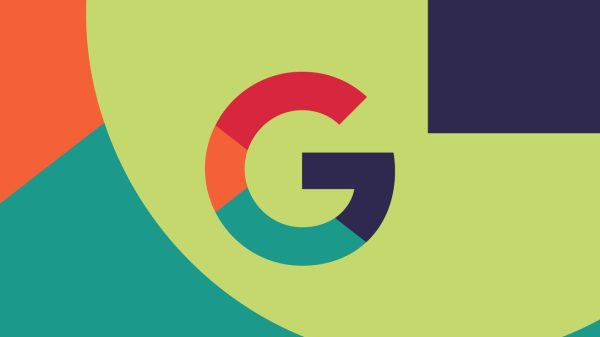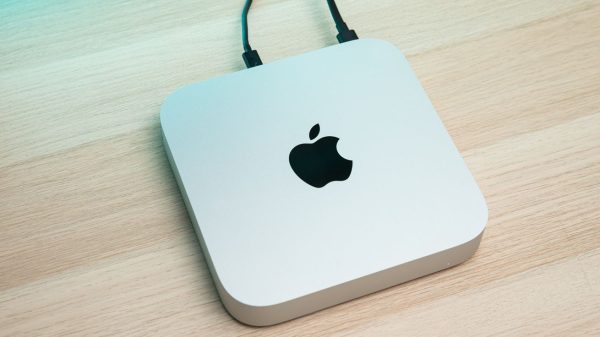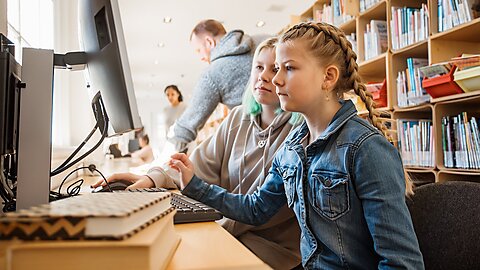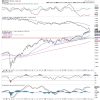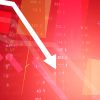In our latest national survey of private school enrollment—released today—46 percent of schools reported enrollment increases between the 2022–23 and current school year, 30 percent reported no change, and 25 percent reported decreases. The average change was a gain of five students. It is the continuation of an enrollment boom likely touched off by long‐term public school closures during the COVID-19 pandemic—a boom that appears to be winding down.
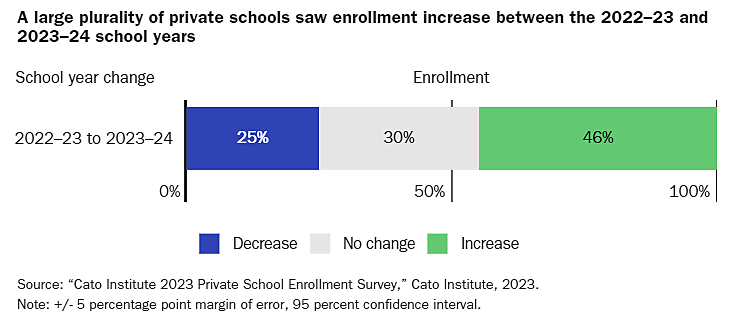
Before looking at the signs of dwindling, there are a couple more findings of growth. First, 50 percent of schools reported application increases between the 2022–23 school year and 2023–24, versus 35 percent reporting no change and only 15 percent saying they saw decreases. Also, 42 percent of respondents said applications exceeded available seats, so enrollment numbers could have been larger had seats been available.
This is good news for private schooling, but the longer trend is of slowing growth.
Cato’s Center for Educational Freedom initially surveyed private schools at the beginning of the first school year following the March 2020 arrival of COVID-19. We feared that private schooling, which relies on tuition and other voluntary funding, was taking a major hit, especially with the closures of schools and churches to slow COVID-19’s spread. We were aware of no survey with current, national data on private school enrollment, so we undertook our own.
Our first survey substantiated our fears. Most respondents saw enrollment losses, and, as seen in the chart below, the average drops were in the double digits. By the second full school year, in contrast, private school enrollment appeared to have rebounded. These surveys had large margins of error because we had small samples, but our findings were broadly consistent with, first, reports of many private schools collapsing, and then of private schools reopening to in‐person education and gaining students while public schools tended to remain closed. Our latter two surveys indicate continued enrollment growth, but it has gotten progressively smaller since the peak between the 2020–21 and 2021–22 school years.
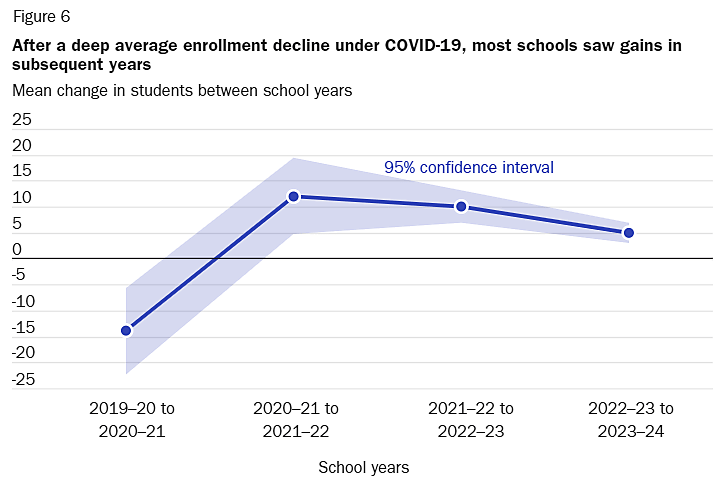
Our results are roughly consistent with other data sources. Going from 2019 to 2021, the federal government found a 1.7 percent increase in private K‑12 enrollment, but a 0.2 percent loss if pre‑K is included. This is consistent with a big loss and then a big gain, which we found. The federal government has published no more recent data.
The National Catholic Educational Association reported big losses between the onset year of COVID-19 and the next school year, but then a large increase, a smaller increase, and holding steady between the last school year and the current one. Catholic schooling has been in a decades‐long decline while other private schooling has tended to grow, so Catholic education is not necessarily a national bellwether. It is, however, still a large part of the private education sector, and there is no compelling reason to believe it would have seen starkly different enrollment patterns over the last few years than private schooling overall.
Also consistent with our enrollment data are private school closure and opening announcements, which we have cataloged since early in the pandemic. April through August 2020 saw 118 confirmed private school closures due at least in part to the impacts of COVID-19, but closure numbers greatly declined thereafter. Over the 2021–22 school year we saw openings greatly exceed closings, but the net gain was smaller in 2022–23. So far this year, we have tracked 30 closures versus 25 openings—a net loss of private schools.
Reversion to the pre‐COVID‐19 norm would not be surprising. It is hard for parents to justify paying for private education when they have already paid taxes for “free” public schools. That so many appear to have eventually paid twice during the pandemic indicates that many families greatly desired in‐person instruction, or perhaps other things they discovered private education provided.
While a return to public school normalcy has likely slowed private school enrollment growth, a potentially counterbalancing force has been rising: private school choice programs. Since the start of 2021, numerous states have created new private choice initiatives or expanded existing ones, including ten states implementing programs with universal, or near‐universal, eligibility for funding. And momentum is continuing this year.
The question for private schools is whether these programs will grow quickly enough to keep enrollment rising. We plan to continue tracking.


